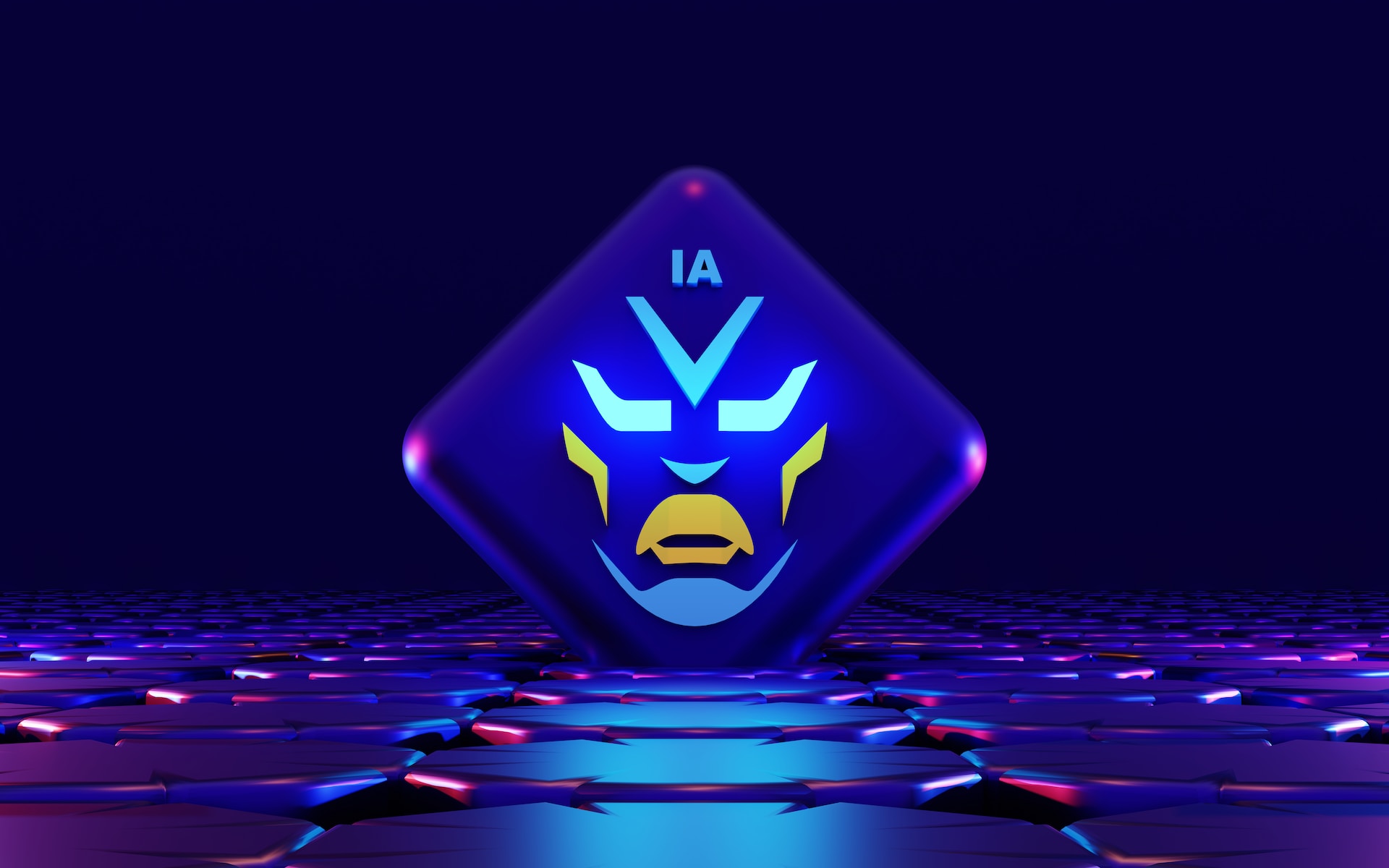The entertainment value of AI is the AI itself. Don’t think about how to hide its shameful replacement of human artists. Let them have their own medium.
As Marshall McLuhan once noted, whenever a new medium arises the first thing it does is use the previous medium as its content. The first television shows were just stage plays, with a single camera in the audience capturing the action. It took decades before DesliLu popularized the “swing set” and shot the first three-camera sitcoms.
The first content of the text-only Internet was actually the medium of mail, but the first truly commercial medium it absorbed was television. The main thing we do on the Internet is stream TV. We’re still just in the baby stages of the Internet’s truly native content, such as networked gaming, blockchain, or interactive sports broadcasting (where viewers can select which angle to watch, place bets, and chat with others).
When a new medium arrives, we can’t help but think first about how to use it to do what we already know. This is particularly true for people who are less involved in artistic expression or experimentation than the “culture industry” of commercial entertainment, which is more focused on lowering costs and increasing profits than discovering a new form.
It’s no wonder, then, that entertainment business professionals see AI as a way to write scripts or render special effects. In some cases, they can hide the AI well enough to make it look as if real people created the stuff. But, from a creative media perspective, that’s hiding the very best part: the writer and artist got to play with the AI. All the compelling stories and hubub about AIs and ChatGPT are about people’s interactions with AIs, not the results of them. The AI fell in love with me! The AI scared me! You won’t believe how alive it seems…
Read More at Douglas Rushkoff

Read the rest at Douglas Rushkoff